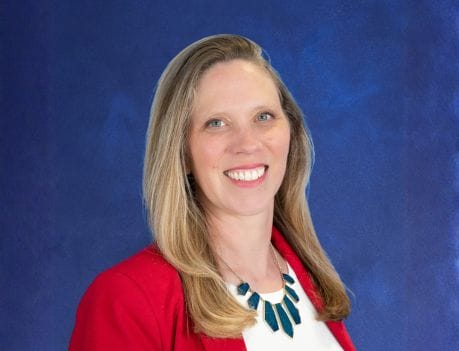
Virginia Railway Express


“VRE’s biggest day of the year is back on Saturday, December 13, 2025,” Virginia Railway Express announced. “In-person tickets will go on sale Monday, December 1, 2025, from 10:00 a.m. to 12:00 p.m. at designated vendor locations.” “Online tickets will be available starting Tuesday, December 2, 2025, at 10:00 a.m. through Eventbrite, until sold out.”
All passengers must have a ticket regardless of age, and tickets are non-refundable. Additional details are available through VRE’s ticket sales information.
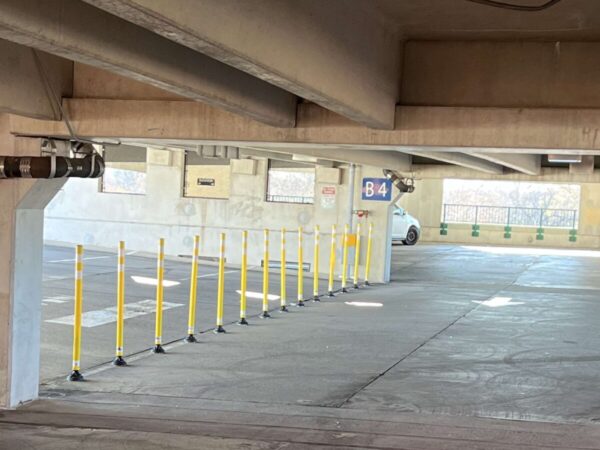
This article is exclusively for our Locals Only members. Please Sign In or upgrade to become a Locals Only Member today!
Your support helps us continue delivering more in-depth community news that matters to you. Thank you.
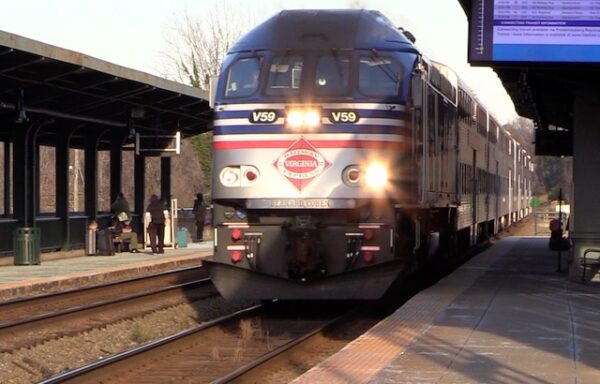
This article is exclusively for our Locals Only members. Please Sign In or upgrade to become a Locals Only Member today!
Your support helps us continue delivering more in-depth community news that matters to you. Thank you.

This article is exclusively for our Locals Only members. Please Sign In or upgrade to become a Locals Only Member today!
Your support helps us continue delivering more in-depth community news that matters to you. Thank you.
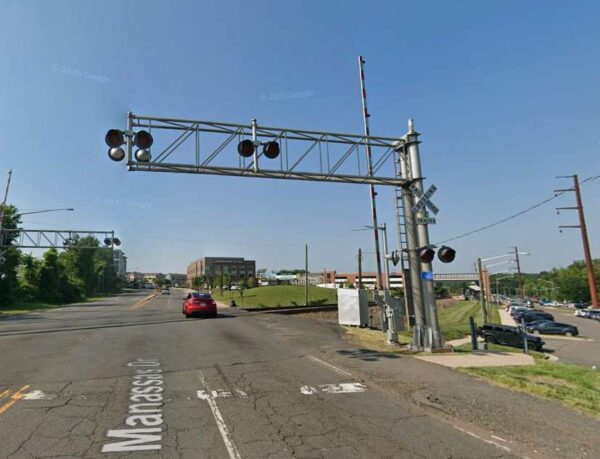
This article is exclusively for our Locals Only members. Please Sign In or upgrade to become a Locals Only Member today!
Your support helps us continue delivering more in-depth community news that matters to you. Thank you.

This article is exclusively for our Locals Only members. Please Sign In or upgrade to become a Locals Only Member today!
Your support helps us continue delivering more in-depth community news that matters to you. Thank you.
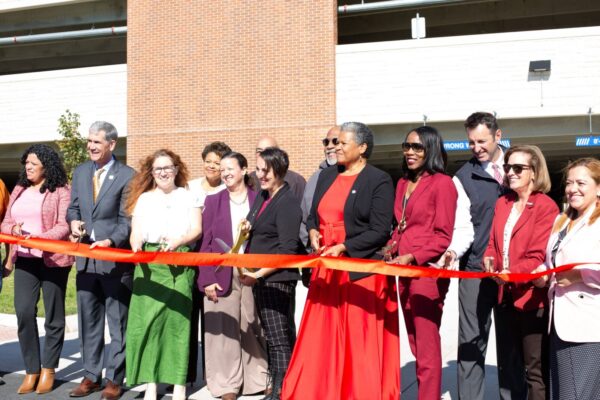
This article is exclusively for our Locals Only members. Please Sign In or upgrade to become a Locals Only Member today!
Your support helps us continue delivering more in-depth community news that matters to you. Thank you.

Commuters in Manassas Park now have more parking options, thanks to a new 740-space garage at the Virginia Railway Express (VRE) station. Officials gathered Tuesday, October 21, to celebrate the grand opening of the garage, which supports both VRE riders and the city’s growing Park Central downtown.
Of the total spaces, 540 are designated for VRE commuters and visitors to Park Central — a recently revitalized mixed-use development that includes a new City Hall and library. The $35.2 million project was funded by multiple regional partners and responds to increasing demand identified in a 2017 VRE study.


